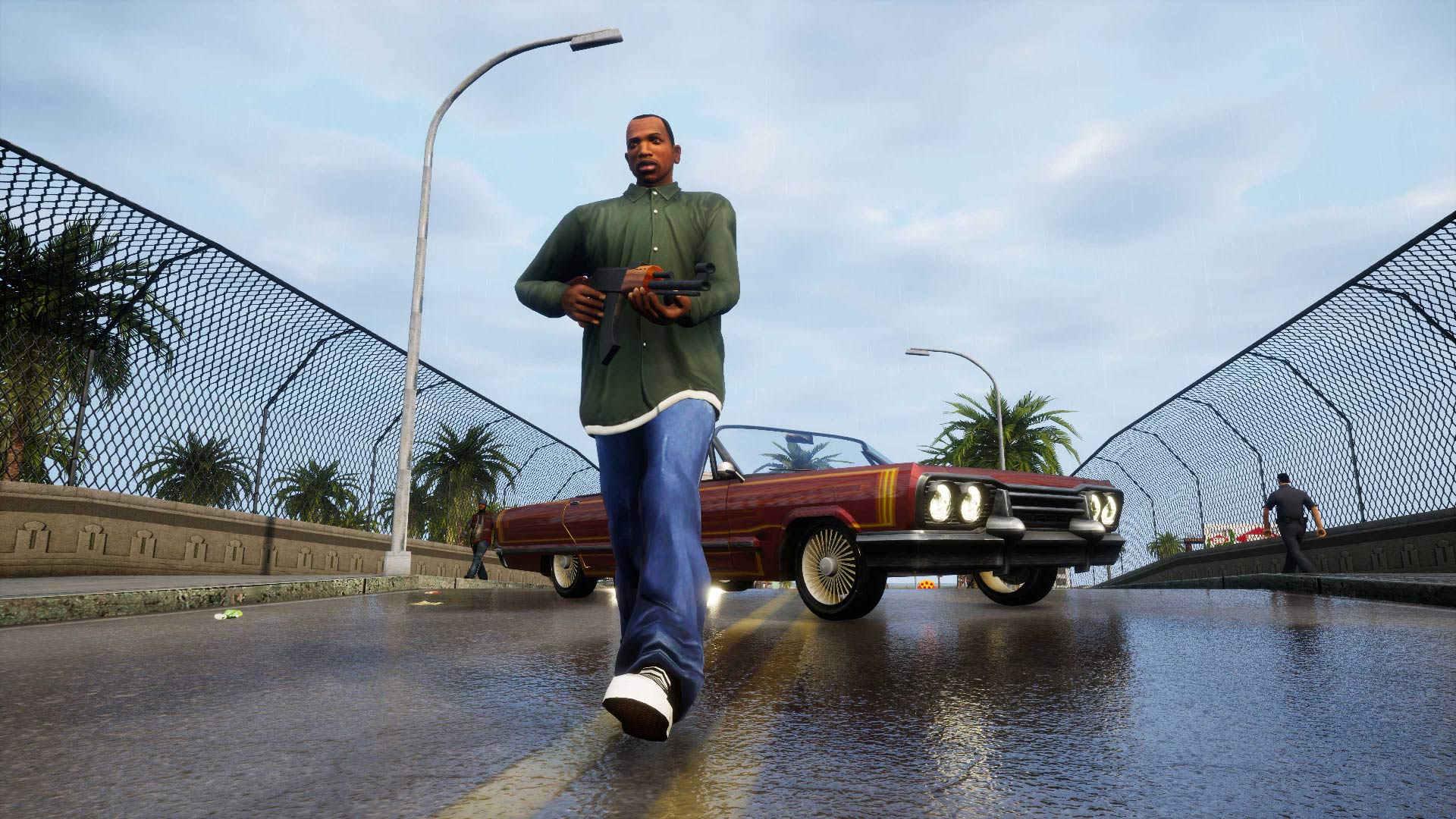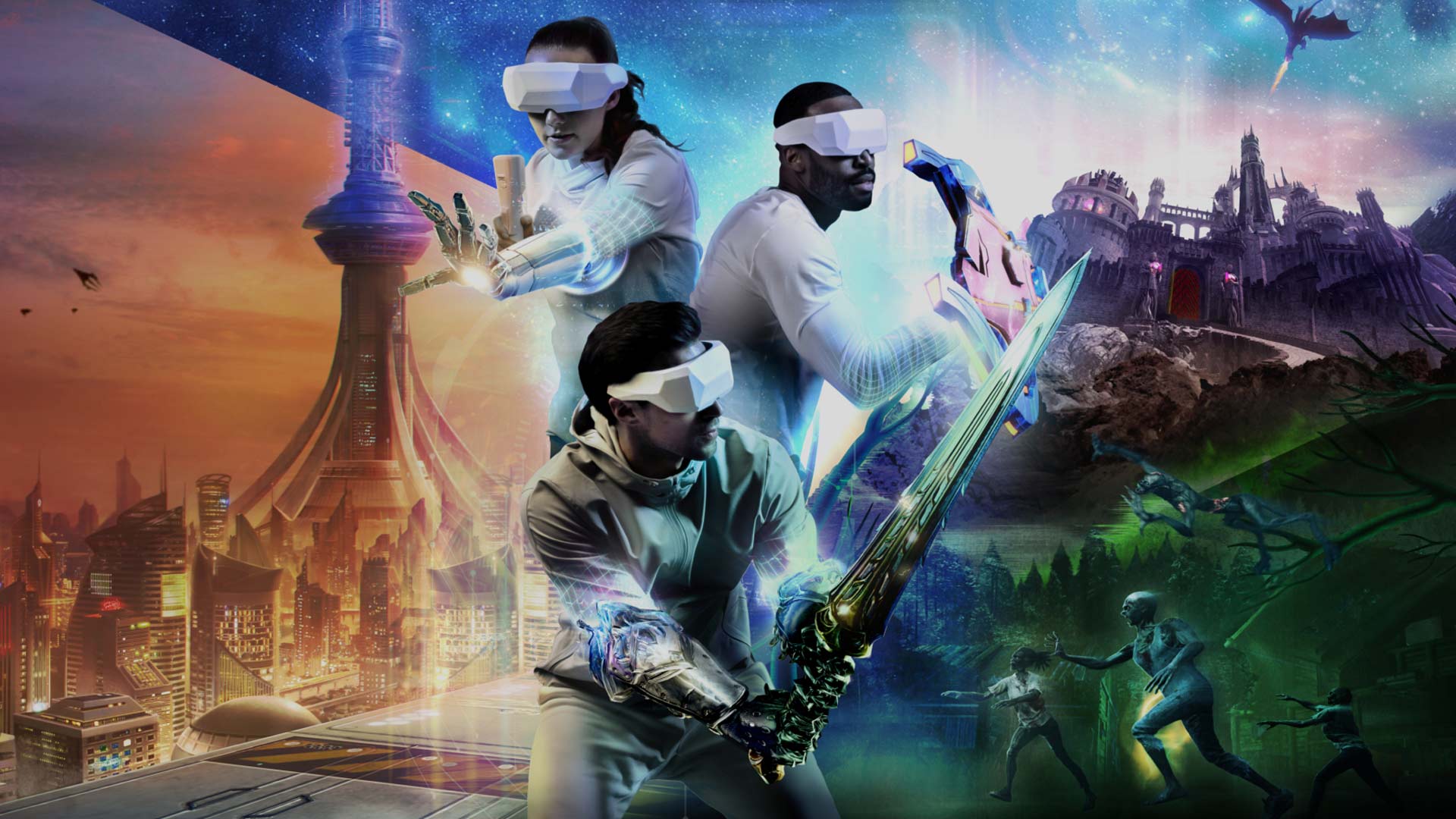Metro Awakening is ushering its gritty, tunnel-dwelling universe into the realm of virtual reality, but how does this transition work out? Let’s dig into the full review to uncover the details.
To kick things off, here’s a brief summary for you: Publisher: Vertigo Games; Platforms: Quest, PC VR, PSVR 2; Reviewed via: Quest 3; Release Date: November 7, 2024; Price: $50
It’s worth noting that the video clips included here are from the Quest 3 version, while the screenshots originate from the PC VR version.
Gameplay
Vertigo Games has managed to skillfully translate the essence of a Metro game into a VR setting with Metro Awakening. While it may not rival the expansive world of Metro Exodus (2019), it certainly features the series’ hallmark traits: a gritty, end-of-the-world atmosphere, makeshift weapons, and a mix of scavenging, stealth, and shooting gameplay.
A standout feature is the weapon mechanics, starting you off with a basic pistol and an AK-47. It’s satisfying to see enemies react when hit, adding a tangible impact to combat. You’re vulnerable too, and adopting a strategy of quick ambushes followed by seeking cover is often more effective than going in guns blazing. The gunfights are intense and gritty rather than chaotic.
As the game progresses, new weapons like a crossbow and shotgun make their appearance. The crossbow, in particular, exemplifies Metro’s knack for unconventional weaponry. It’s a revolver-style crossbow with a pop-out cylinder for metal rods. Cocking it involves a hefty lever, and watching the mechanics unfold is immensely satisfying in VR.
Being stealthy with a crossbow is a joy. Silently taking out an enemy, reclaiming your bolt, and loading it up for the next stealth attack feel incredibly rewarding. Unlike traditional games where you just press a button, here you physically pluck and reload, which is central to the VR experience.
When it comes time to make some noise, the shotgun is your go-to. Its non-traditional design and hefty feel meet my high standards for VR shotgun mechanics. Across all weapons, the immersion in handling and firing these is top-notch.
Scavenging is another key element that’s well-executed here. Exploring the game’s detailed environments while on the hunt for supplies is satisfying. However, introducing something akin to a currency system for weapon upgrades could have added more excitement to this aspect.
Stealth options, though numerous, aren’t particularly inventive. The thrill is dulled when a punch to the head doesn’t always result in a takedown, often leaving the enemy dazed rather than defeated.
Despite some challenges with the AI and certain enemies, such as pesky rat mutants or poorly visually cued shadow figures, the enemy intelligence helps keep combat engaging. Shadows blend seamlessly into the dim corridors, but walking into one can mean a baffling death. While the game tried to incorporate challenge through these elements, it’s not always clear what needs to be done to tackle them.
Immersion
Metro Awakening isn’t all about interactivity but nails the atmospheric component. The world captures the decrepit beauty of a society collapsed in on itself with its cobbled-together remnants. Although the visual quality on Quest 3 doesn’t match that of PC or PSVR 2, it’s impressive considering the platform’s constraints and manages to maintain a consistent environment density.
The creepy, claustrophobic vibe of the Metro setting translates hauntingly well into VR, though some may find it oppressively tense. The sound design adds rich layers to the atmosphere, though at times the music cues detract from the surprise of upcoming events.
Inventory management is functional but lacks modern VR development cues like body visualization. The inventory employs a practical gesture system with unique inventory slots that limits what you can carry for a real tactile feedback experience.
Despite its engrossing atmosphere, I wanted to interact more with the surroundings. More grab-and-examine opportunities would have heightened the immersion, maintaining the detailed realism the visuals suggest.
Comfort
Metro Awakening doesn’t skimp on VR comfort settings, offering standard modern aids like teleport movement. Yet, the close-quartered design does mean those with a sensitivity to motion might feel discomfort navigating the tight spaces and numerous stairs.
The game could benefit from a few adjustments in how it shifts your viewpoint, particularly regarding maintaining horizon consistency. Still, for the most part, the experience is designed to keep you comfortable.
Additional comfort settings include snap and smooth turning, teleport and smooth movement, and options for standing or seated gameplay. Moreover, the language support is extensive, spanning English, French, German, Japanese, Korean, and more. Options such as adjustable difficulty and reloading mechanics are also available to enhance accessibility.
In summation, Metro Awakening is a promising addition to VR gaming, maintaining the series’ core elements and feeling generally immersive despite some shortcomings in variety and interactions. Whether this will leave a lasting mark in the VR realm, only time will tell.













































